Big cats are among the most magnificent and mysterious creatures, captivating our imaginations with their power, grace, and enigmatic behaviors. Yet, behind their majestic presence lies an intricate form of communication that enables them to interact effectively within their species and environments. In this article, we explore how these awe-inspiring felines convey messages in the untamed wilderness, shedding light on the silent whispers of the wild.
Vocalizations: The Roaring Symphony
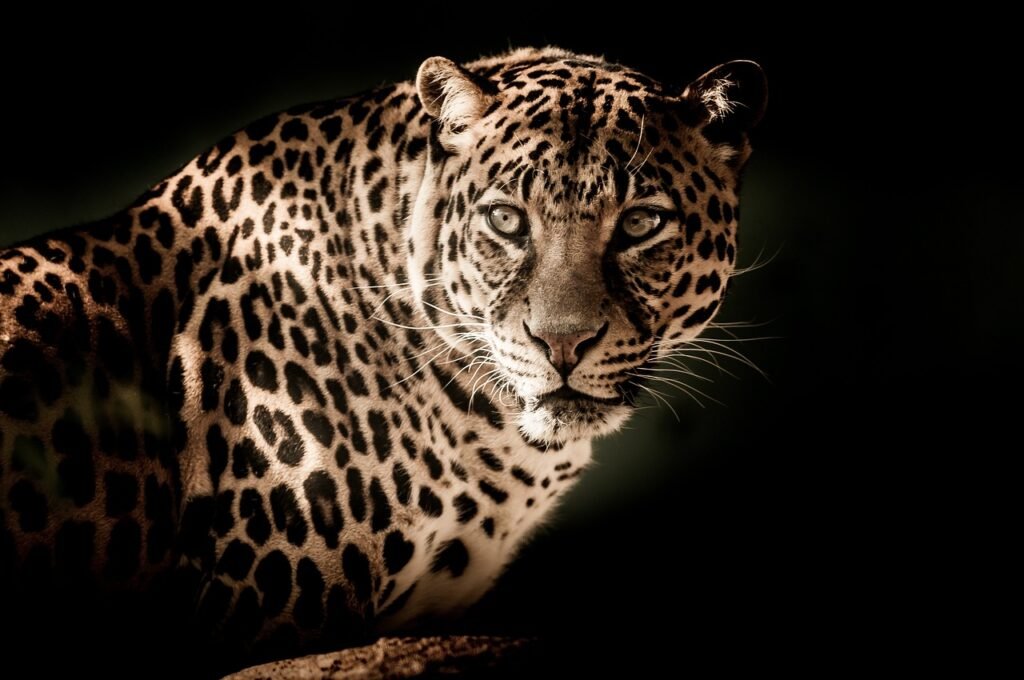
Big cats are known for their impressive repertoire of vocalizations. From the mighty roar of the lion echoing across the savanna to the haunting call of a leopard piercing the night, these sounds serve as essential communicative tools. Roars can establish territory, attract mates, or serve as warnings. Each species possesses a unique vocal range, with some sounds traveling vast distances in the wild.
Scent Marking: The Olfactory Bulletin Board
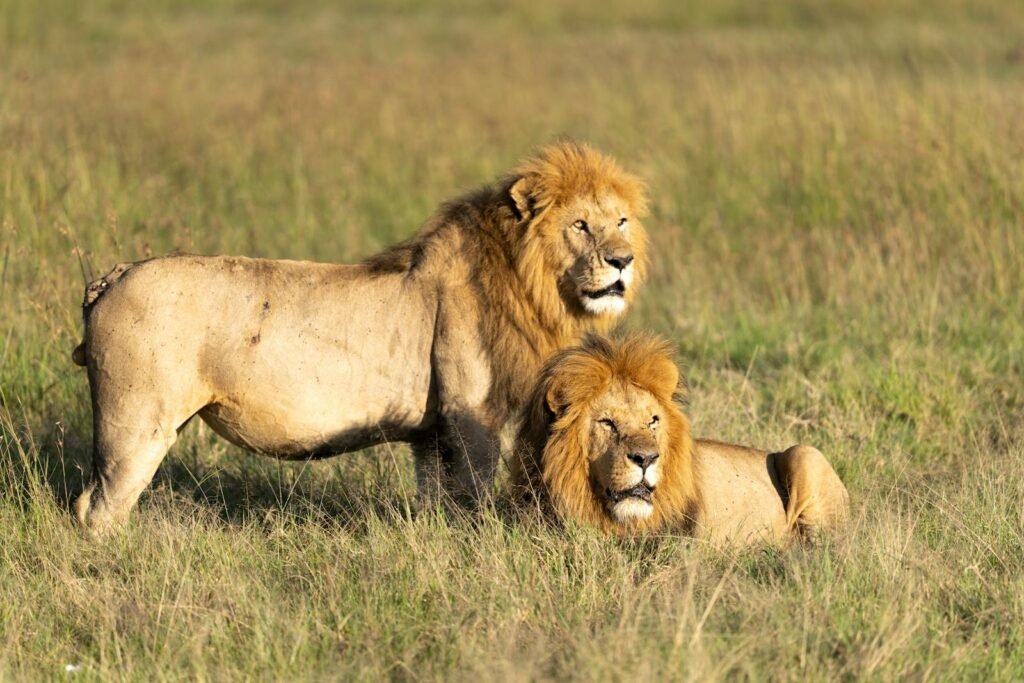
One of the most sophisticated ways big cats communicate is through scent marking. By using glands located on their cheeks, paws, or near their tails, these felines leave behind scent markers on trees, rocks, and the ground. This invisible messaging system conveys information about territory boundaries, individual identity, and reproductive status, immensely aiding in their social interactions.
Body Language: The Art of Silent Communication
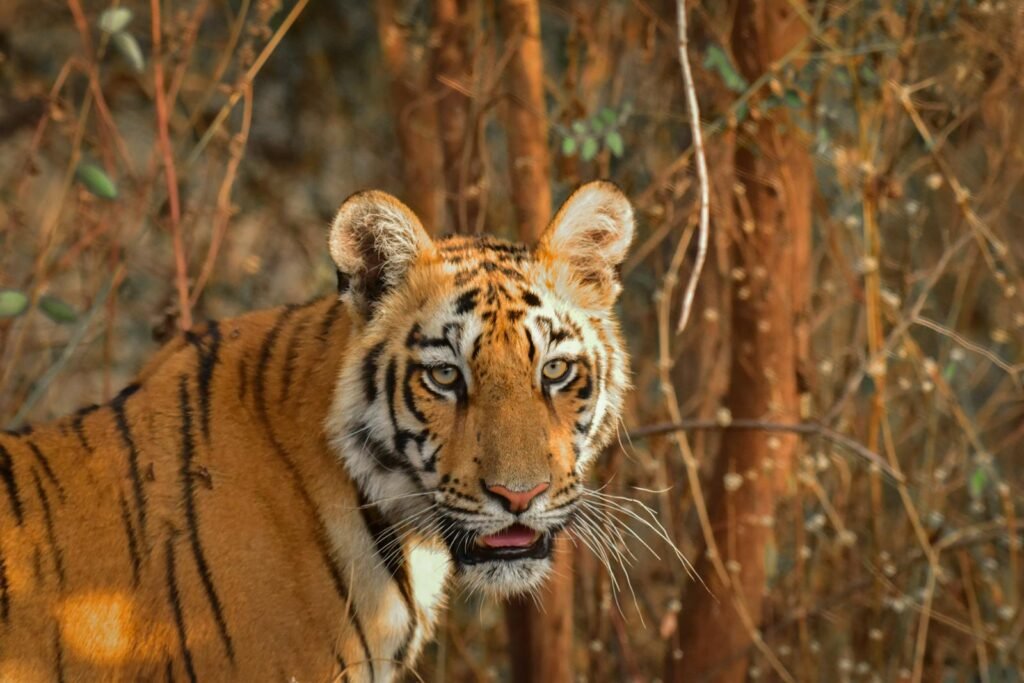
The subtlety of body language is another critical component of big cat communication. Postures, gestures, and facial expressions convey a wide range of emotions, intentions, and social standings. A raised tail might signify a friendly greeting, while flattened ears and bared teeth warn of aggression or defensiveness. Observing these cues allows big cats to navigate their social world with precision.
Tactile Communication: The Comfort of Touch
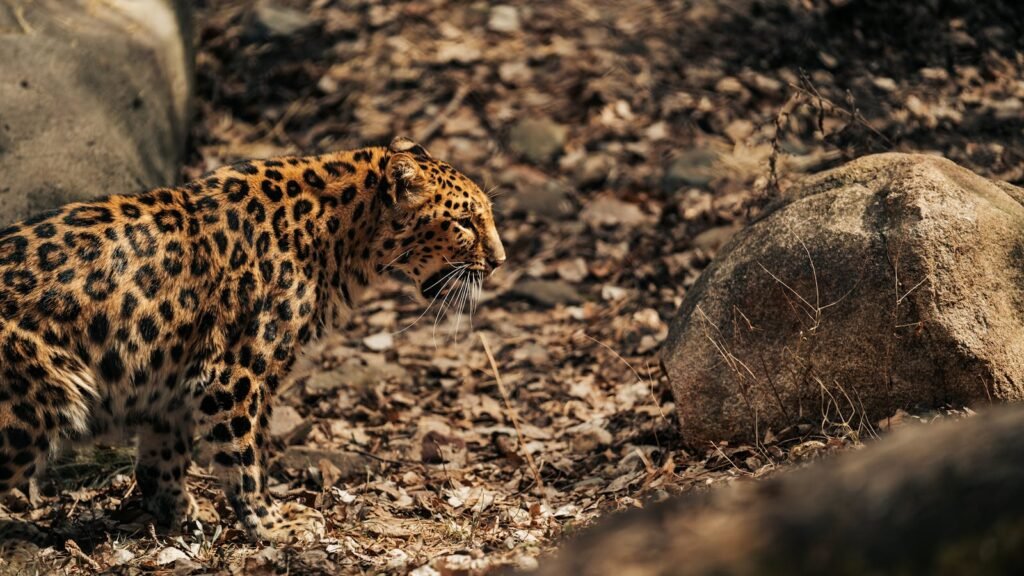
Physical contact is an essential aspect of social bonding among big cats. Grooming each other strengthens relationships and establishes a social hierarchy. Mother cats licking their cubs is not only a comforting act but also a means to instill affections and discipline. These tactile interactions are vital in maintaining group cohesion, especially within prides and family groups.
Visual Signals: The Power of Appearance
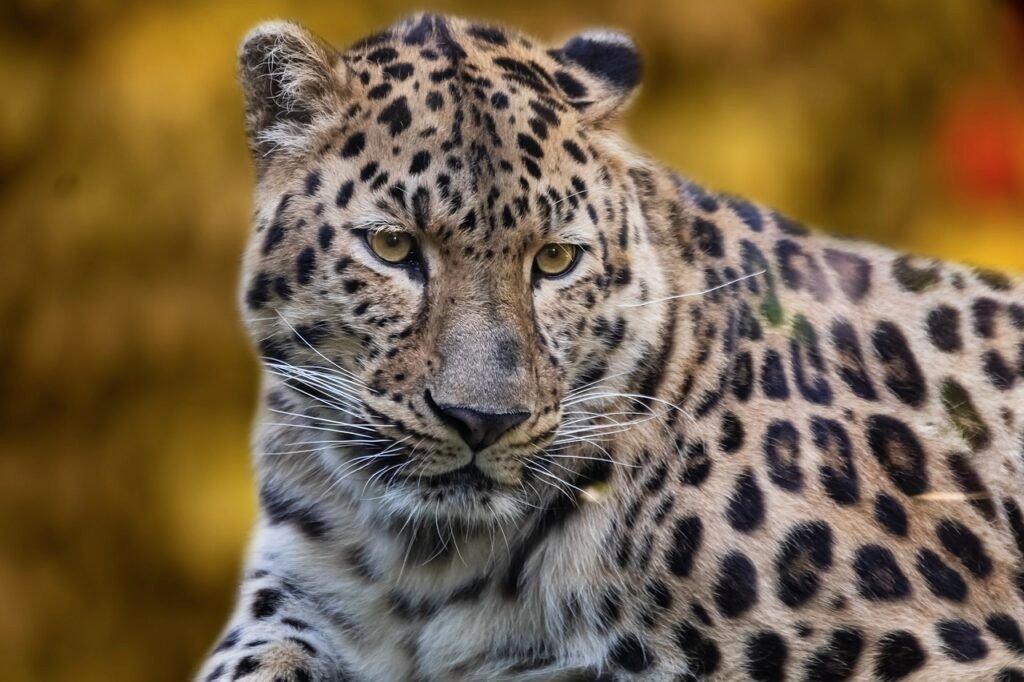
Visual communication plays an important role, especially in open habitats. The majestic mane of a male lion not only enhances its regal appearance but also serves as a visual cue to rival males and potential mates. Similarly, the distinctive markings of other big cats, such as tigers’ stripes or leopards’ spots, provide camouflage while also communicating individuality.
Breeding Signals: The Language of Love
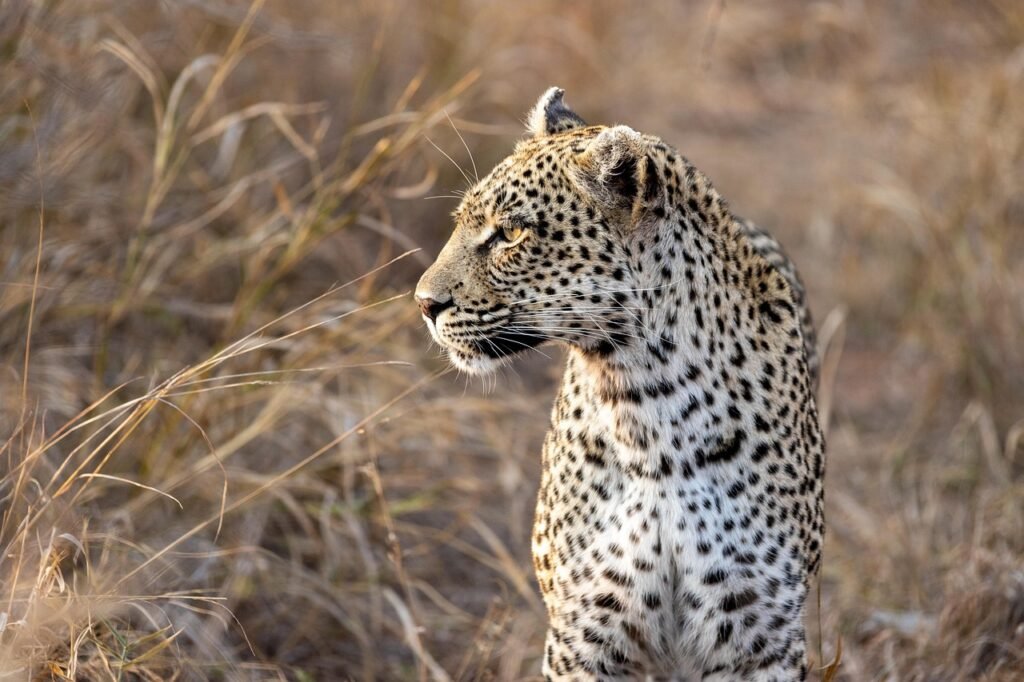
During mating seasons, big cats exhibit behaviors and signals to attract mates. Female felines may display particular postures or release pheromones to indicate their readiness for mating. Males, in turn, use their vocalizations and displays of strength or agility to win female attention. These courtship rituals ensure the continuation of their species in the wild.
Territorial Behavior: The Boundary Keepers
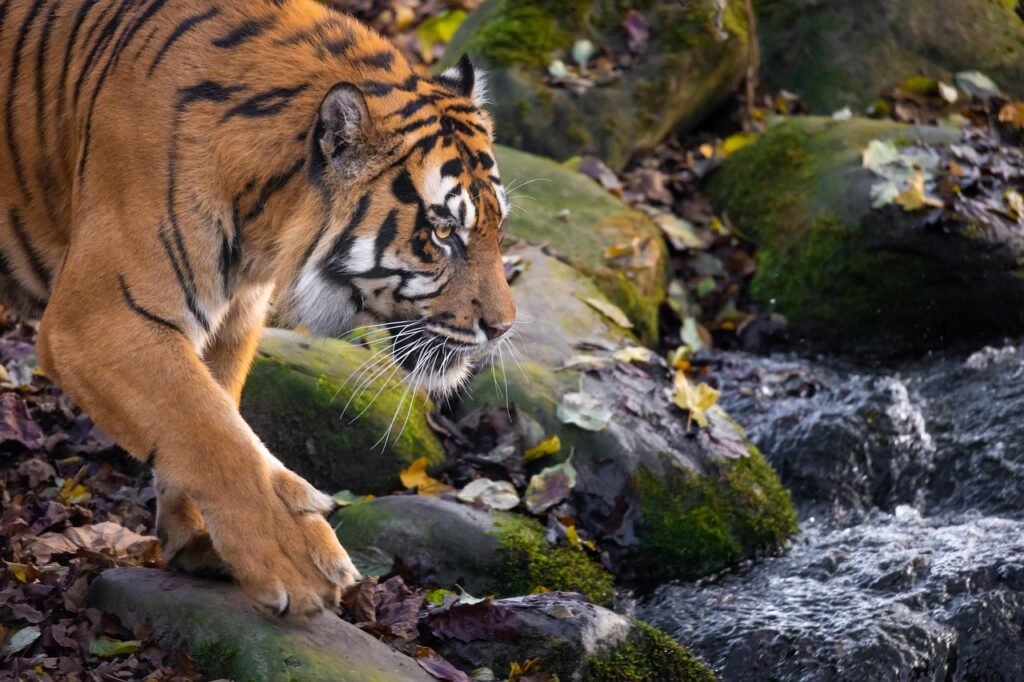
Establishing and maintaining territories is crucial for big cats, and they use various methods to communicate territorial claims. Scent marking, vocalizations, and physical confrontations are some of the ways used to demarcate their hunting grounds. By doing so, they defend resources necessary for their survival, such as prey and access to water.
Play Behavior: The School of Life
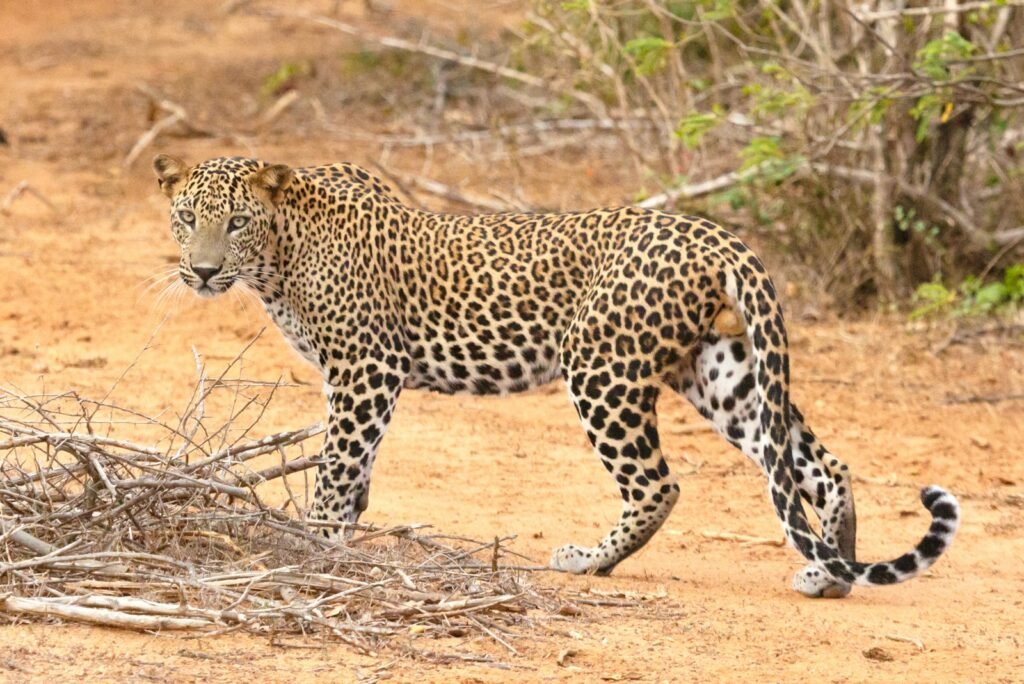
Juvenile big cats engage in play, which is more than just a source of entertainment. Through play, young cats learn vital skills needed for hunting and social interactions. Play fighting, stalking, and chasing mimic real-life scenarios, providing practice in communication and survival strategies they will use as adults.
Warning Signs: The Alarms of Nature
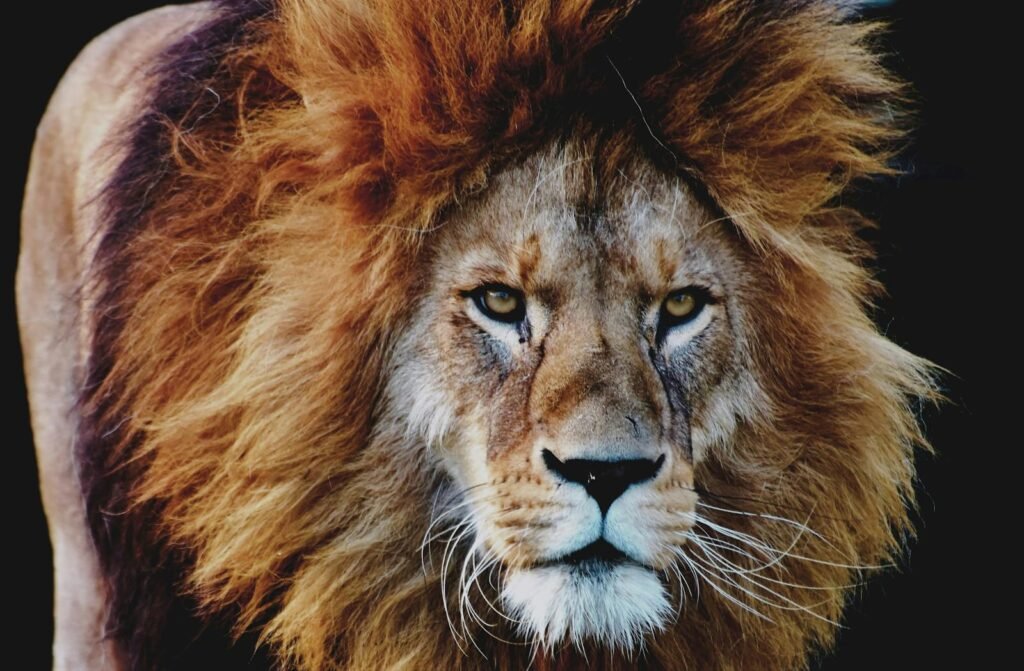
Big cats possess acute senses to detect danger, and they communicate warnings effectively. A lion’s deep growl or the hiss of a leopard can serve as an alert to potential threats. These signals can dissuade predators, competitors, or intruders, protecting the individual and the group from harm.
Parental Communication: The Guide of the Young
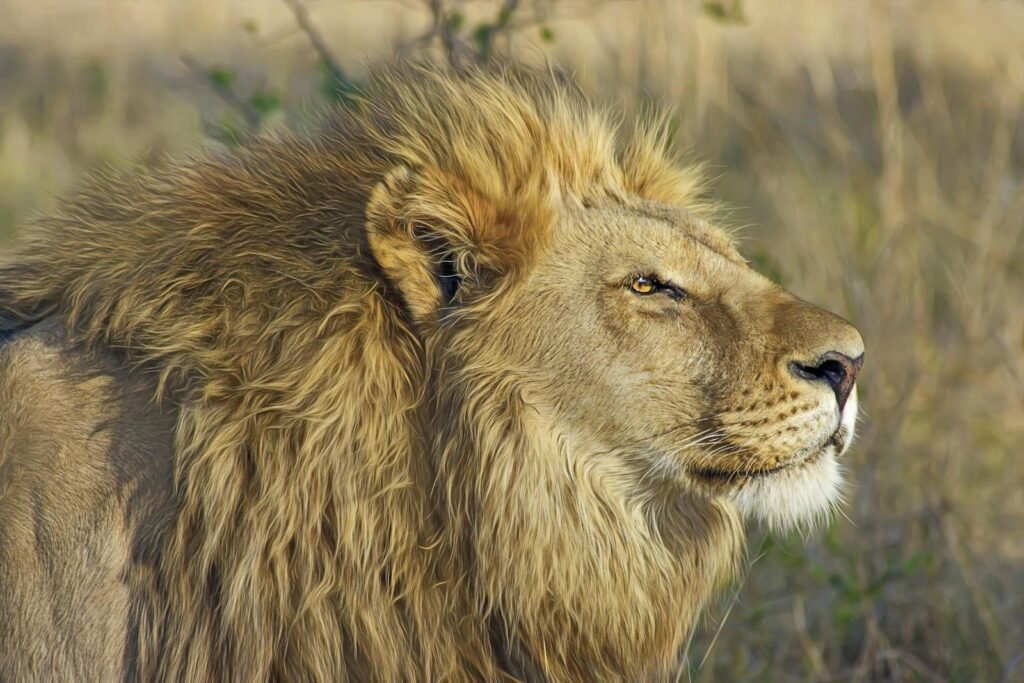
Communication between big cat mothers and their cubs is not only nurturing but also educational. Vocal calls and gentle nudges guide cubs as they learn to hunt, recognize threats, and understand their roles within the family structure. This form of communication is crucial for the survival and development of the young.
End Notes on Big Cat Communication
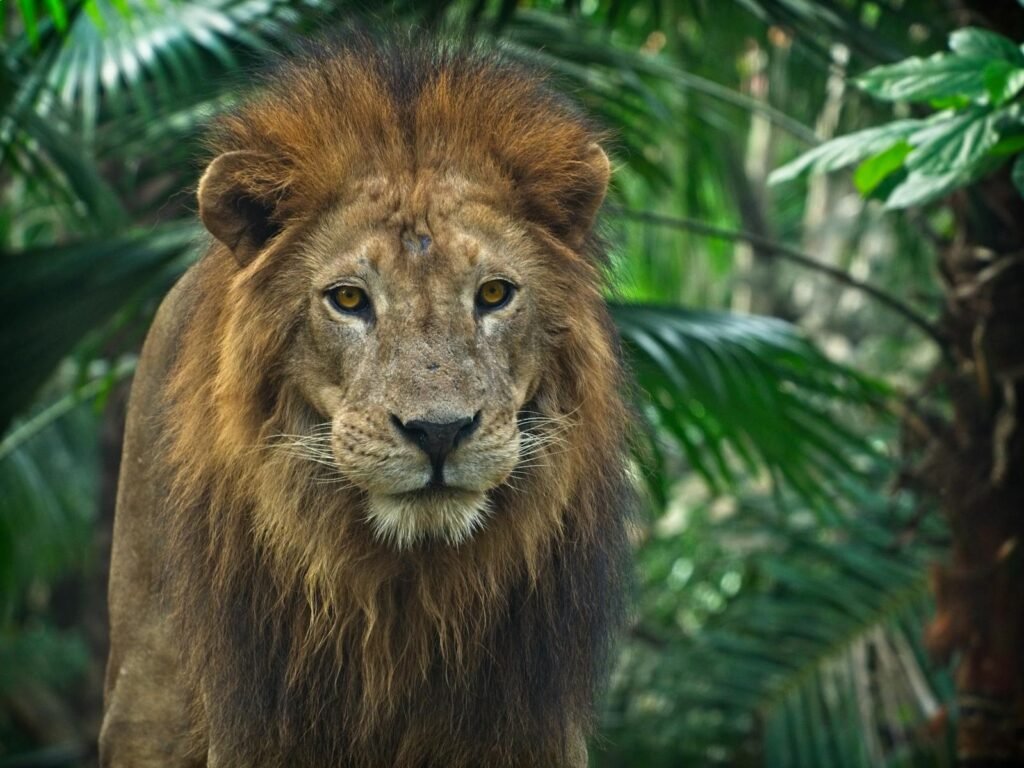
Understanding how big cats communicate is vital to appreciating their complex social structures and survival strategies in the wild. Through vocalizations, scent marking, body language, and other methods, these majestic creatures navigate their lives with extraordinary intelligence and adaptability. Observing and studying these behaviors offer invaluable insights into the world of big cats, highlighting their importance in our ecosystem and the need for their conservation.
In essence, the communication of big cats is as diverse and magnificent as the animals themselves. By decoding their language, we gain a deeper appreciation of their world, fostering a connection that underscores the urgency of protecting these incredible creatures and their habitats for future generations.
Hi, I’m Bola, a passionate writer and creative strategist with a knack for crafting compelling content that educates, inspires, and connects. Over the years, I’ve honed my skills across various writing fields, including content creation, copywriting, online course development, and video scriptwriting.
When I’m not at my desk, you’ll find me exploring new ideas, reading books, or brainstorming creative ways to solve challenges. I believe that words have the power to transform, and I’m here to help you leverage that power for success.
Thanks for stopping by, Keep coming to this website to checkout new articles form me. You’d always love it!






